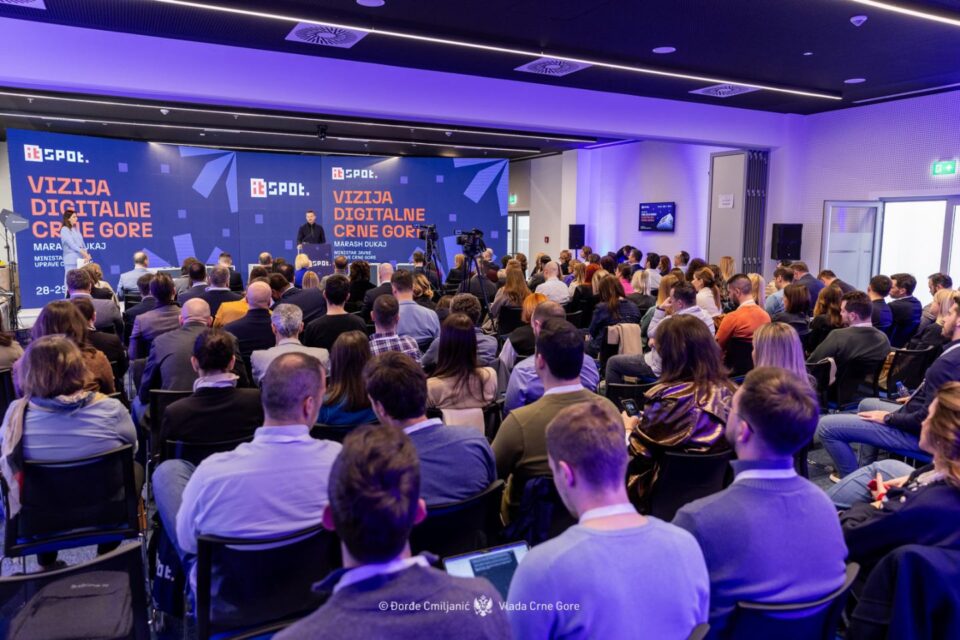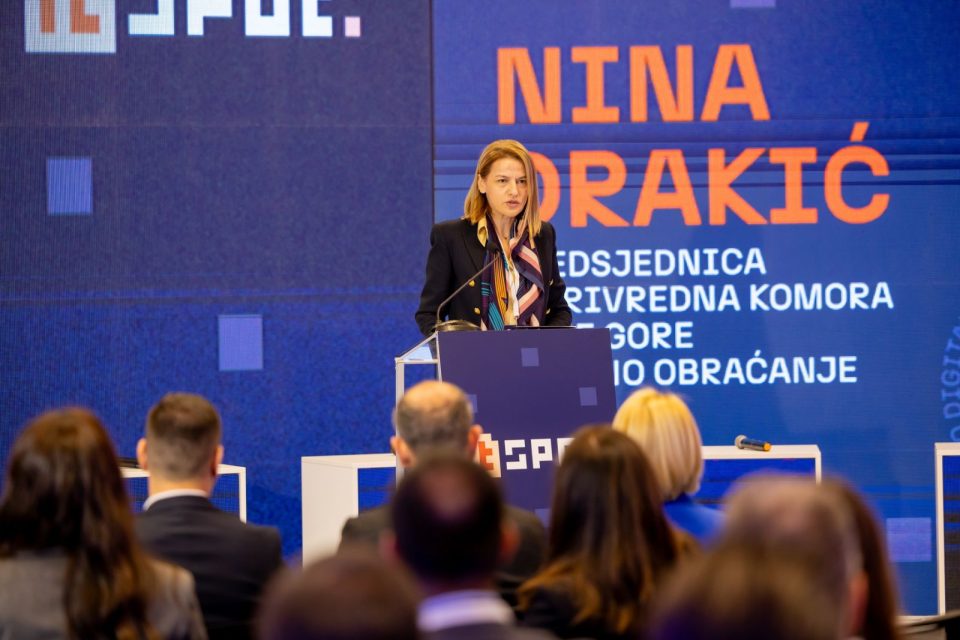
Strength of Partnership: The Chamber of Economy of Montenegro with the ICT Sector for the Digital Future of Montenegro
September 10, 2025
Amazon, TikTok, and Cloudflare Are Coming to Montenegro – Podgorica to Become Innovation Hub in October
October 15, 2025What is fintech and why is it important?
Fintech is the fusion of regulation, technology, and design that “unlocks” banking infrastructure and turns it into user-centric services. From Presta’s perspective, fintech represents an orchestration layer on top of banks: connecting accounts, data, and payments into a single seamless experience — from P2P and QR payments to multibanking for companies — with a high level of security and compliance. This makes banking faster, cheaper, and more transparent, while banks gain new acquisition and monetization channels.
Global fintech trends
Open banking and PSD2 are leading towards the open finance model, with standardized access to accounts and payment initiation, opening the door to new services such as aggregation, A2A checkout, and personal finance tools. Montenegro is already normatively aligned with PSD2 through amendments to the Law on Payment Transactions.
Instant payments and “request-to-pay” models are introducing the expected domestic “TIPS Clone” and extended system operating hours, reducing waiting times from “T+1” to just seconds — crucial for P2P, POS, and e-commerce transactions. SEPA integration facilitates cross-border transfers and aligns with broader EU market standards.
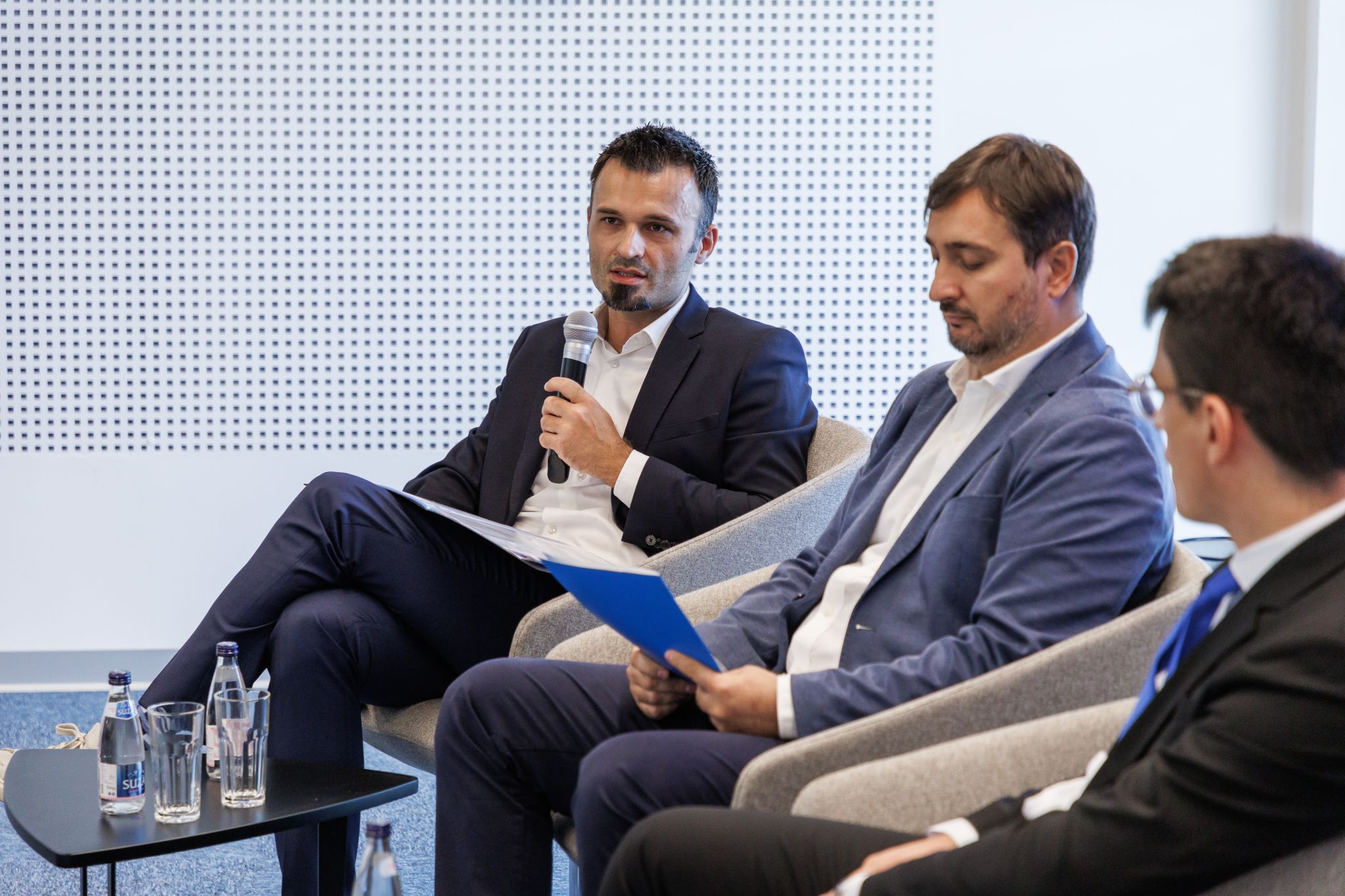
AI in finance enables transaction categorization, fraud prevention, and offer personalization, while integrations with third-party services connect banking with ERP, Accounting, Insurance, and other applications.
Examples of fintech solutions in Montenegro
In the local market, fintech solutions are already changing the way business is done. Multibanking for legal entities allows the connection of accounts from multiple banks, initiation of individual and group payments, scanning and initiating orders via QR code, and generating reports — all through a single panel instead of using multiple e-banking systems.

The Presto mobile app brings P2P and RfP services, scanning of fiscal and utility QR codes, as well as order confirmations via verification QR. Local players in tourism, museums, parks, and the donations sector are already using PrestoLink for online payments through a link.
Banking segments most transformed by fintech
The biggest changes are happening in:
- Payments and collections (A2A, instant, QR, link-to-pay)
- Cash management for companies (account aggregation, bulk orders)
- Customer support and UX (simple identification, 2FA, self-service).
The relationship between banks and fintech companies
The relationship between banks and fintech companies in Montenegro is increasingly based on partnership. Banks retain the regulated “core” and balance sheet, while fintech brings innovation speed, UX, and new channels. The regulator encourages cooperation through initiatives such as the FinTech HUB and consultations. Fleka approaches this relationship with a “partnership-first” model, developing services on top of PSD2 APIs and banking systems, with clear commercial models for both sides.
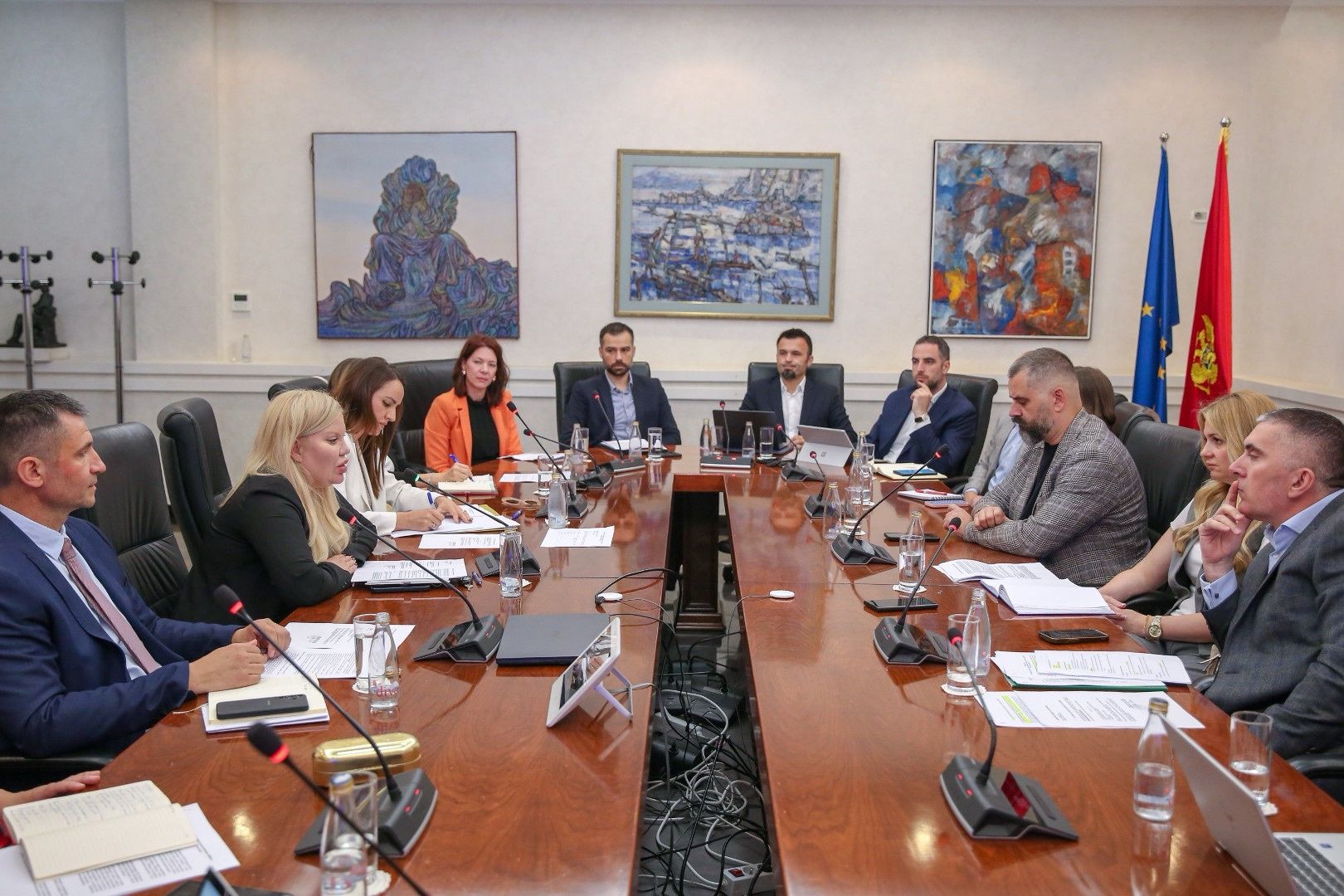
Key stakeholders in the fintech ecosystem
The key players in the development of fintech in Montenegro are:
- CBCG as regulator and system operator
- Commercial banks
- Payment institutions and fintech startups
- State and municipal services
- ICT Cortex and other technology clusters
- Card schemes
International partners (EPC/SEPA, TIPS, vendors).
Presto collaborates with banks through integrations based on the PSD2 model (AISP/PISP) and joint products for the SME segment, offering merchants and utility companies solutions ranging from payment QR codes to bill presentment and subscriptions, while the tourism sector and public institutions use PrestoLink for ticket, membership, and donation sales.
Technologies with the greatest potential
The highest potential in the market lies in:
- Instant payments and RfP models (TIPS Clone)
- AI technologies (fraud detection, categorization, recommendations)
- Digital identity and e-signatures
Blockchain (selectively, for verifiable certificates and traces).
Fleka and domestic fintech solutions
Among the solutions that Fleka develops or supports are:
- Presto for business (web): multibanking, transactions and orders, QR invoice scanning, counterparty directory, confirmations with verification QR.
- Presto mobile: P2P, request-to-pay, utility QR, account marketplace, payment history, recurring orders.
- PrestoLink®: link-based payments for institutions and events (tickets, donations).
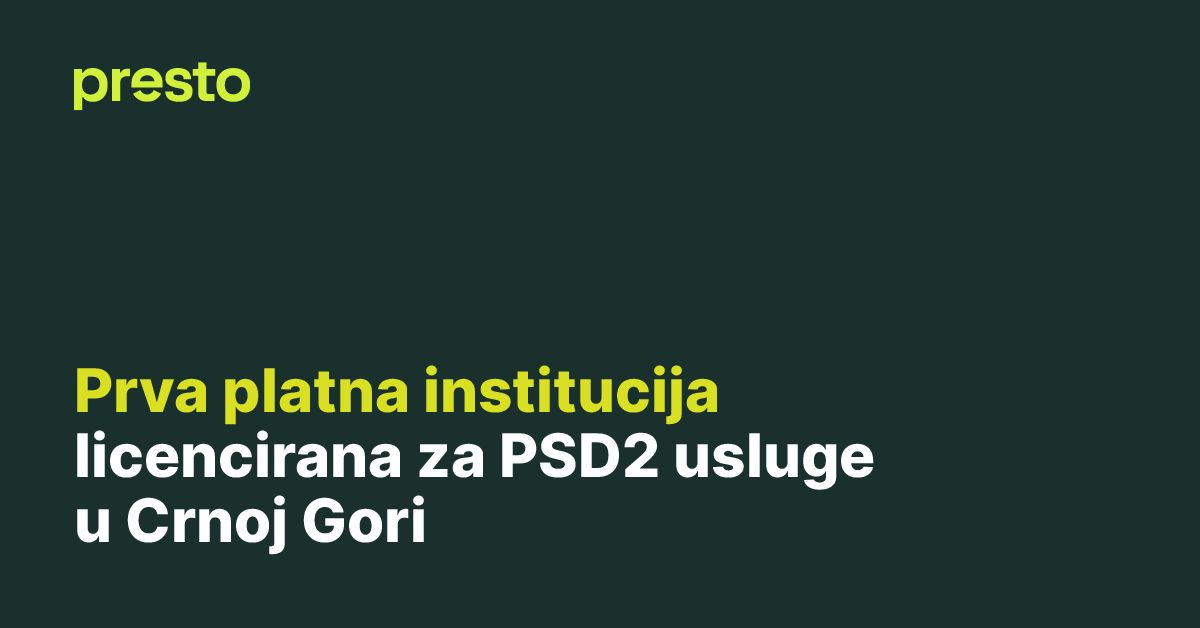
Regulation and the need for improvement
Regulation is largely aligned with PSD2. However, further steps are needed to:
- Standardize APIs (e.g., Berlin Group)
- Enable sandbox environments and test data
- Publicly publish SLA and uptime statistics
- Accelerate the rollout of instant and RfP systems
Develop digital identity and interoperable e-signatures.
Main challenges for fintech companies
The biggest challenges are fragmented PSD2 APIs, the cost and complexity of compliance, limited availability of instant infrastructure, market education and trust, lack of specialized talent, and early access to capital.
The future of the relationship between banks and fintech
In the next five years, the development of co-creation models and the concept of “banking-as-a-platform” is expected. A2A checkout with instant payments will become standard in the e-commerce sector, SEPA will facilitate cross-border payments, and open finance will extend the scope of data to savings, loans, and investments.
What do citizens and businesses gain?
The main benefits are faster and cheaper 24/7 payments, reduced friction in collections and subscriptions, better money oversight through aggregation and analytics, easier access to financing, more secure transactions, and less bureaucracy thanks to digital identity and standardization.
This is the heading
Plans include rolling out the app for individuals, enhancing multibanking for businesses, introducing bill presentment and subscriptions, categorization and BI reports for companies, developing a developer ecosystem with partner integrations, and continuous upgrades in compliance and security.

